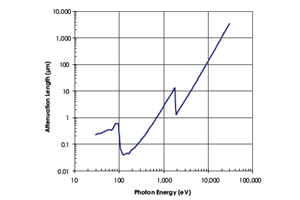X-ray Scattering
X-ray scattering measures the patterns, intensities, and angles of scatter produced when a sample is illuminated by an x-ray beam. X-ray scattering is advantageous as it is a non-destructive technique, typically used alongside x-ray microscopy and x-ray spectroscopy. Information on shape, dispersity, sample size, porosity, morphology, and orientation are some of the few things that can be measured via x-ray scattering.
X-ray scattering can be elastic, or inelastic. There are different x-ray scattering techniques, the most common being x-ray diffraction/crystallography. This technique relies on the crystalline structure of a sample, and typically needs very high energy hard x-rays to obtain atomic level information.
Other techniques include small-angle x-ray scattering (SAXS) and wide-angle x-ray scattering (WAXS). X-rays can be elastically scattered at a range of different angles dependent on the sample. In this way, the angle of the scattered x-rays can give information on the physical properties of a sample. SAXS provides nanoscale resolution, whereas WAXS provides atomic resolution. Both techniques can be done simultaneously by increasing or decreasing the space between the detector and sample.
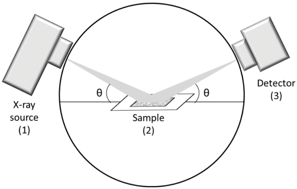
Application Notes
Introduction to X-Ray Scattering

When a sample is illuminated by x-rays, these incident x-rays can be deflected and scattered by the sample, producing complex patterns. Analysis of these patterns, their intensities as well as the angle of scatter (incident vs scattered x-rays), changes in polarization, wavelength, and/or energy, can reveal structural, elemental and atomic information about the sample, and are known as x-ray scattering techniques…Read Full Article
Introduction to X-Ray Diffraction
X—ray diffraction is a non-destructive technique that utilizes elastic scattering to determine atomic structural information about crystalline samples. It requires high energy hard x-rays, as they have an extremely small wavelength, to discern details on the atomic level. It is a technique widely used for the identification and characterization of unknown crystalline materials…Read Full Article
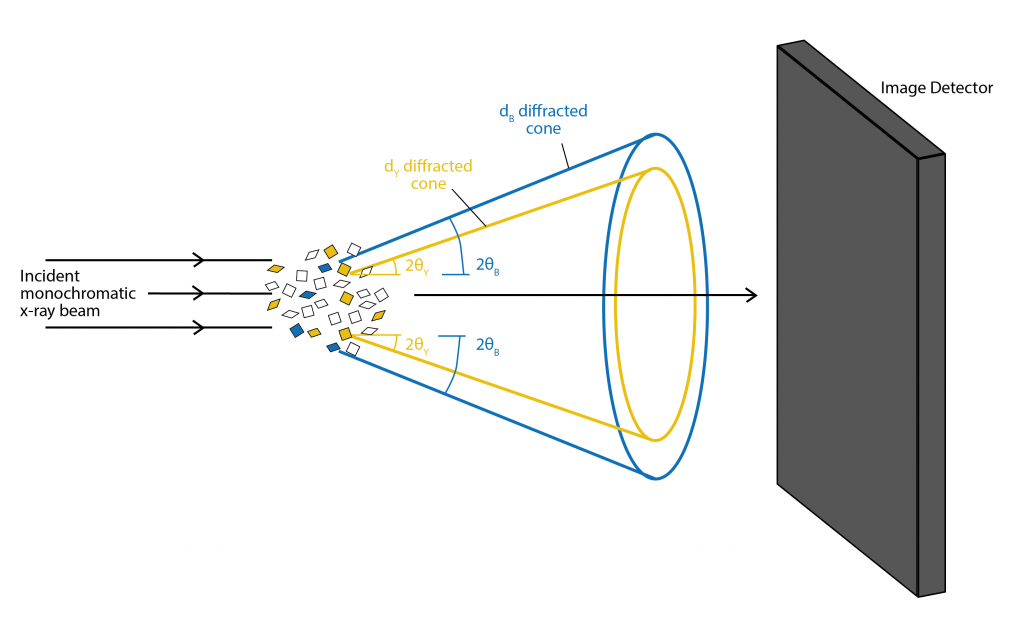
Technical Notes
New QE Response Curves for Soft X-ray to VUV Energy Range
Since the invention of charge-coupled-device (CCD) technology in 1969, its extended sensitivity from the NIR to the x-ray region of the electromagnetic spectrum has been utilized to good effect in a wide variety of application areas.
Owing to the unique characteristics of their construction, CCDs are especially useful for imaging and spectroscopy performed in…Read Full Article
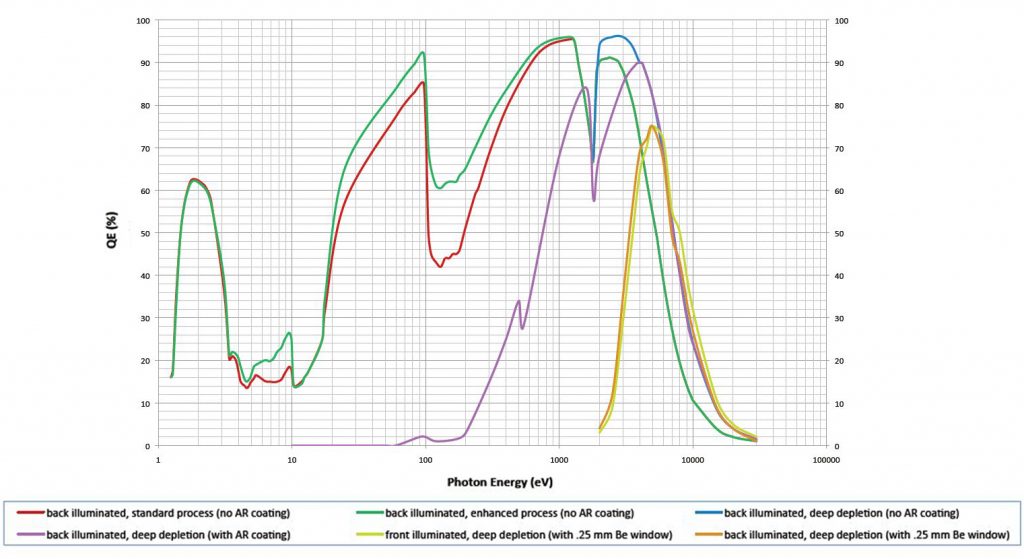
Flexible Electronic Architecture Extends Utility of Scientific Cameras
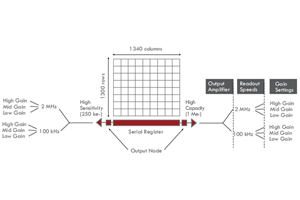
Ultimately, the true worth of a scientific camera is determined by its ability to flexibly meet the performance requirements deemed most useful by a given researcher. As many disciplines have continued to evolve over recent years to encompass more varied investigatory techniques, sets of critical requirements have also expanded. When seeking a scientific camera to satisfy diverse needs, one must be sure to look for the most versatile, highest performance solutions available…Read Full Article
Direct Detection of X-rays (30 eV to 20 keV) Using Detectors Based on CCD Technology
CCDs have become increasingly specialized to meet the changing requirements of both commercial and scientific markets. In the scientific market, CCDs have been improved and optimized in a variety of ways to provide high performance across a broad set of applications — from spectroscopy and semiconductor testing to biological imaging and genetic research…Read Full Article
